Notes on the Paddavlei, Hawston include a visit from Heidi Nieuwoudt from the Department of Environmental Affairs (DEA), the reports on the Paddavlei Joint Action Team (PJAT) instigated by the Western Cape Minister of the Environment and reports made by the Western Cape Department of the Environmental Affairs and Development Planning (DEADP) on the Paddavlei review and Paddavlei rehabilitation as well as and ongoing Paddavlei clean-ups. The full report on the Paddavlei Ecosystem Rehabilitation report is also available on this site for download and a summary as a separate post.
The Department of Environmental Affairs’ NRM (DEA-NRM) branch was requested to meet with the members of the Paddavlei Eco Group (PEG, created by the Hawston Development Agency) and Mr Pierre de Villiers from CapeNature in Hawston, Western Cape on 22 December 2016.
The PEG developed “PADDAVLEI AND SURROUNDS REHABILIATION DOCUMENT” which includes a proposal for the rehabilitation of the so called Paddavlei and Skilpadsvlei and to the system downstream flowing out to the Bot river estuary.
DEA-NRM supports the initiative to rehabilitate the wetland. The rehabilitation of Paddavlei wetland holds cultural, functional and biodiversity value to the system. Based on rehabilitation objectives as described by the PEG, the following recommendations are made for your consideration. Reference to areas of concern are referenced in point form to the map in figure 1:
A phased approach should be taken for the rehabilitation of the system from Paddavlei to the Bot river estuary.
Focus initial rehabilitation efforts on Paddavlei (point 1) by implementing interventions that does not require any Environmental Authorisations such as the removal of Alien invasive species (including kikuyu grass) and the removal of building rubble within the wetland.
Refer to figure 1 to 3 for examples of successful removal of kikuyu and revegetation of a wetland within the City of Cape Town. This will minimise competition for indigenous vegetation to be re-established on the edge and within the limited buffer zone of the wetland. A written Rehabilitation plan with planned deliverables, time of the year for activities to take place and budget required will be a positive start to the project.
Establish the rehabilitation objectives for the remainder of the wetland system as identified in the PEG rehabilitation proposal: what is the rehabilitation potential, biodiversity value and functional value that will be added to the system should the identified rehabilitation activities be implemented.
It is advisable to appoint a Professional Esturine Ecologist to perform a comprehensive Wetland assessment as to guide the rehabilitation through a better understanding of its original condition, flow regime and functionality. This will likely improve the outcome of any final decisions to remove earth berms or lifting of water tables at the culvert at the lower
end of Paddavlei.
It is advisable to confirm the elevation profile of the entire profile as the slope is very low towards the Bot river estuary which shows a clear topographical rise between Paddavlei and Skilpadsvlei (point 2). The expected surface flow, as suggested in the proposed rehabilitation interventions, may not be possible as a result of this rise. The section
between Paddavlei en Skilpadsvlei is likely connected via seepage and occasional seasonal surface water. This needs to be confirmed by a comprehensive wetland assessment.
Earth berm splitting Paddavlei in two sections (point 3): The removal of the earth berm will require an Environmental authorisation. It is recommended that and a Professional wetland Ecologist and an Engineer assess the proposed rehabilitation intervention. Figure 2. Kikuyu infested wetland before. Figure 3. Kikuyu infested wetland during.
Culvert at lower end of Paddavlei (point 4): Consult the local Municipality on what the design rationale behind the culvert depth was. Should the raising of the culvert be supported by all parties it is recommended a survey be completed to establish the correct height based on calculated back flooding. Unfortunately the wetland is within a residential area and risks to flooding should be taken note of.
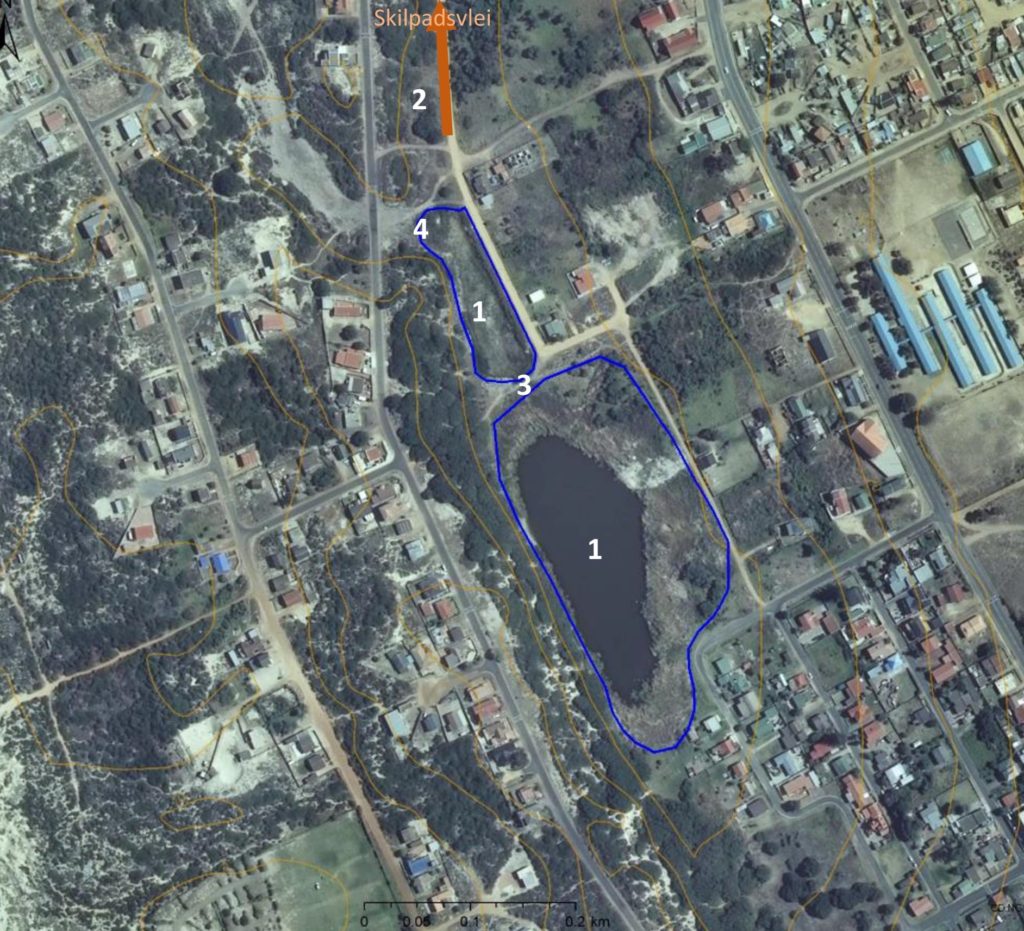
Figure 1. Map of Paddavlei with references in point form.
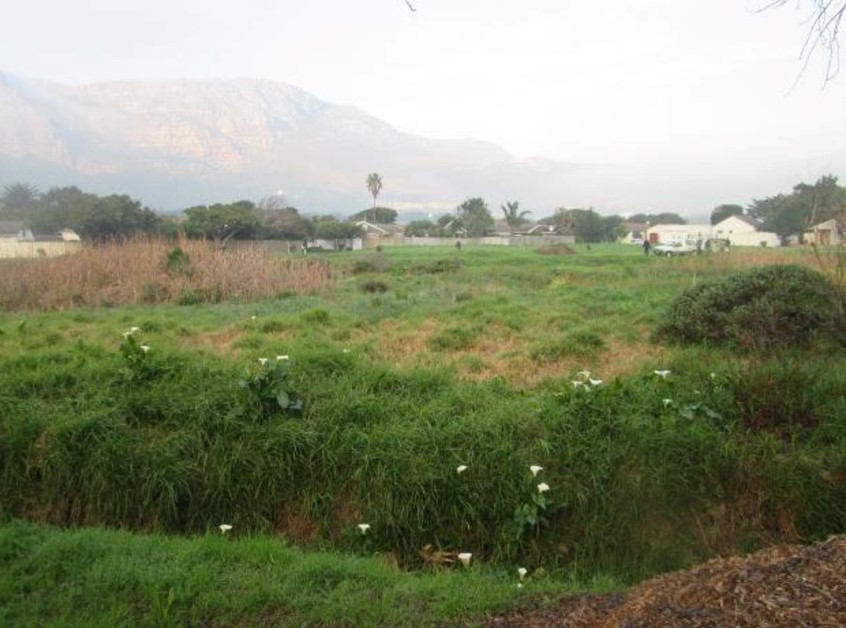
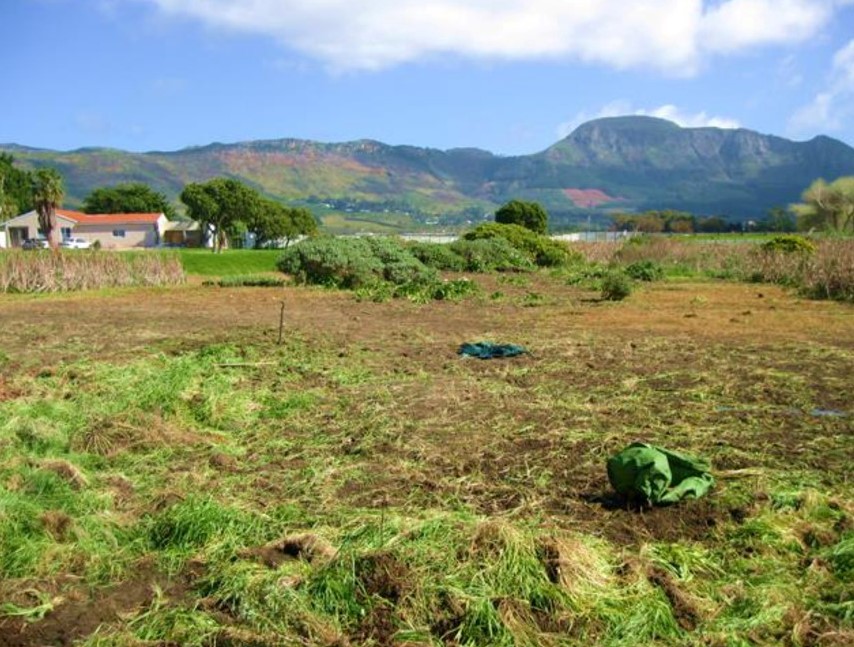
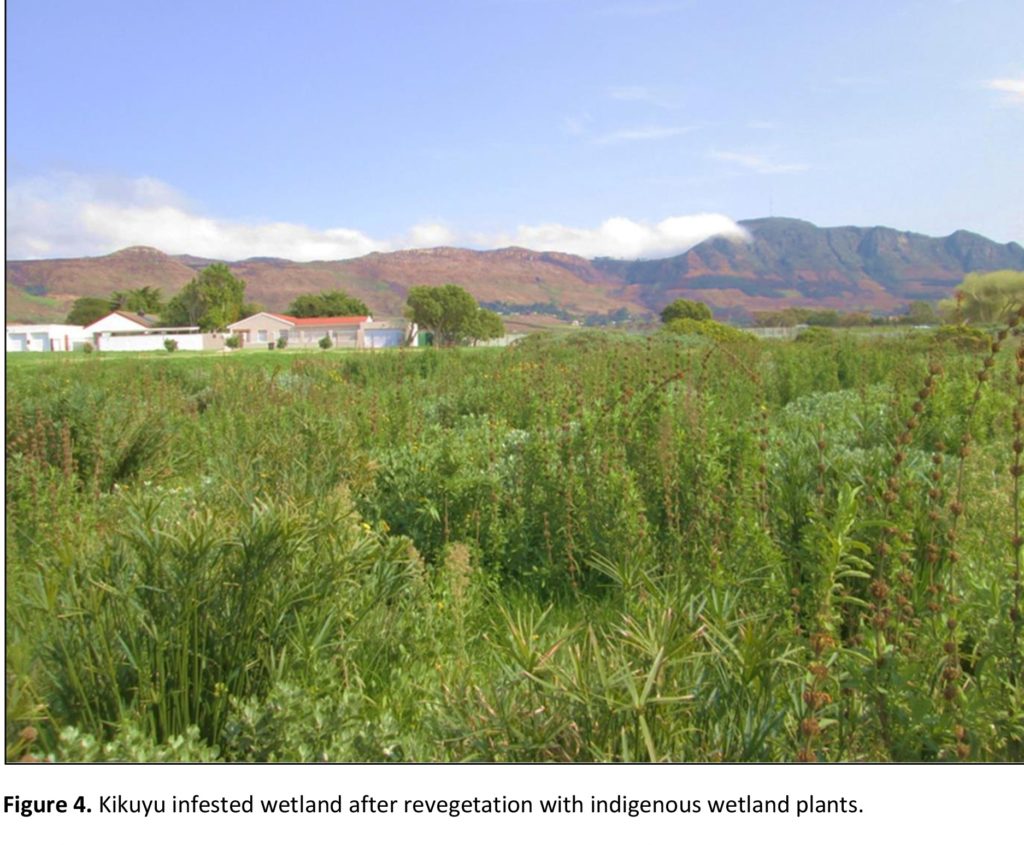
Meaningful intervention in the lower reaches towards the Bot river estuary, such as the management of woody alien species should not be missed. The removal of alien invasive species within wetland have significant positive impact on flow and the improvement of biodiversity.
The DEA-NRM wish the PEG the best success with their efforts in attempt to rehabilitate the Paddavlei wetland system. The DEA-NRM will provide advice where possible.
Best Regards
Heidi Nieuwoudt
Service provider to be appointed to hold stakeholder meetings and public meetings. The data gathered will establish a project steering committee which will be PJAT.
Much of this history, vision and needs of the community has been done by the Paddavlei Eco Group (PEG).
The main objective of PJAT is to re-establish the Paddavlei to as close as possible to its original condition, acting as a wetland area supplying all traditional services to the community.
Briefly the main technical aspects of this project are to re-establish the water flow into the Paddavlei and to restore the capacity of the Paddavlei to store and release this clean water.
A Re-establish the flow of water into the Paddavlei
B Re-establish the capacity of the Paddavlei to store the clean water so that it can;
1 function as a clean water body with a balanced species diversity
2 supply water to the surrounding wetlands and especially to the Milkwood forest to the west and north of the Paddavlei
This will be the start of establishing a green lung within Hawston supplying services to the Hawston community. Most importantly this will be the essential link in the green corridor starting at the Bot River Estuary, joining the wetlands and Skilpadsvlei through the Paddavlei and linking to the Hoek van de Berg green corridor to the mountains which lie within the Paddavlei ecosystem.
Much of the technical aspects are covered in the Paddavlei Ecosystem Rehabilitation document which was workshopped extensively by the DEA&DP and presented by the DEA&DP in 2017.
Mike Austin
PJAT was suggested by Minister Bredell after calls from the Paddavlei Eco Group (PEG), for an action team to put forward a plan and coordinate environmental actions on the ground for the Paddavlei and its surrounding environment which falls within the Ward 8 area. It is a public participation project between the public and government to attend to the degradation of the environment in the Ward 8 area. We need to thank Minster Bredell for initiating PJAT.
As Minister Bredell suggested in his letter Reference 3/5/R (2018/55) to Alderman Dudley Coetzee on 20/8/2018, PJAT “was to established by the Overstrand Municipality with representatives from the Municipality, DEA&DP, Cape Nature and PEG.”, and that “the Overstrand Municipality will be taking the lead” in regards to the oversite meetings to establish formal “Terms of Reference for PJAT”.
In PEGs appeal to the Minister for such a team, we stressed two issues, firstly that PJAT be led by an independent public representative, with sufficient support to draw up an overall plan and to be able to coordinate efforts on the ground to halt the further destruction of this environment.
The Ministers asking for the establishment of an ‘action team’ through his office gives the team the clout it needs. It remains for us to appoint an independent team leader who has sufficient background and knowledge, to lead the team to successful actions which will re-establish a stable, sustainable environment for the whole Paddavlei system.
Mike Austin
Tuesday the 17 September there was a popular clean-up of the Paddavlei, Hawston surrounds. Paddavlei Eco Group (PEG) has been pushing for years for something to be done to restore the Paddavlei to its former glory. A comprehensive report was written on the Paddavlei in 2017, workshopped by the DEA&DP Western Province environmental department and presented by them as their own report.
Two photographic clean-ups were done, educational for the school children involved, publicity for the OSM environmental department but very little achieved on the ground. In fact the rubbish removed was dumped illegally in the more sensitive coastal ecosystem and most of the plastic has washed or blown down to the beaches.
The OSM did put in some work before the clean-up and are continuing to remove accumulated rubbish and rubble, more than 25 tons so far. Still a lot more to go but good progress is been made. The next step is timely and appropriate follow-up and stopping the accumulation of pollution into the Paddavlei. At present the Paddavlei open water is about 25% of what it maintained itself since 1938. Very consistent size, and healthy, until 10 years ago, when severe damage was done to the ecosystem and then since abandoned. The damage has more than doubled in the last two years, the fire hazard has become so extreme that nobody wants to take the responsibility of doing much about it.
A great start has been made to revive the unique Milkwood forest, increase the clean water supply through the system and re-establish a biodiverse, stable ecosystem with vastly reduced fire hazard. The risks of an environmental disaster are still very high, but PEG is motivated, has obtained a small grant and is involving many more of the local community in rehabilitating the Paddavlei and its surrounds.
Mike Austin
Further notes on the Paddavlei in Hawston will be made as separate posts when they get made. Other pictures and short notes are available on Botfriends Facebook page, or on the Paddavlei Facebook page, I love Hawston’s Paddavlei and Milkwood forest.
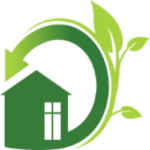
Recent Comments